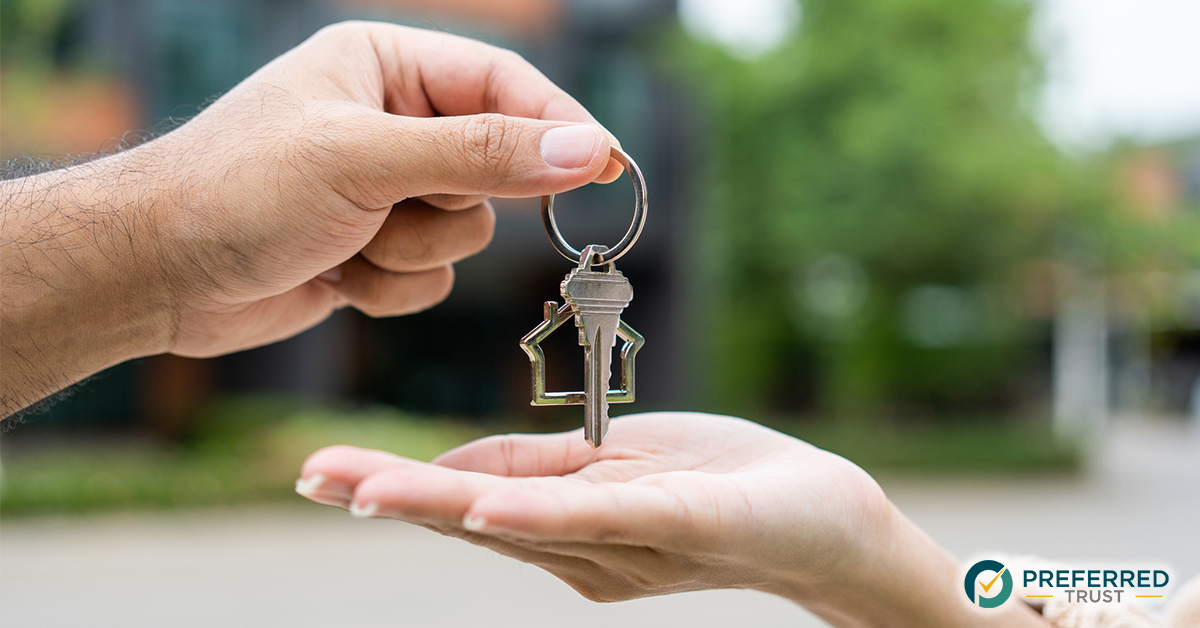It is a growing trend to use self-directed IRAs to invest in alternative investments. The most popular investment being: real estate. Investing in real estate has tremendous short and long term financial advantages to a retirement portfolio, but only if you plan for the costs associated with holding this type of investment in your IRA.
When you purchase a rental property in your IRA, it does not make the property exempt from having to pay taxes, insurance, HOA, etc. In fact, you must plan on these expenses every year. And no, I do not mean paying these expenses from your personal bank account. These expenses are required to be paid by your IRA.
So how can you plan for these expenses? I would consider a few variables. First, would be to evaluate the likelihood of the total income to be generated from the property in a given year. I say likelihood because there are no guarantees when it comes to renters, so deduct a few months of income from the property as that would be the approximate allotted time to bring the income stream back to the property. This is taking into consideration that you may have to paint, change out the carpet and market the property to a new renter. Second, calculate all the expenses (taxes, insurance, etc.) attributed to the property in a given year. And, make sure you consider the age of the home in this analysis. If the house is 20 years old and you have never changed the air conditioning unit, then you need to consider setting aside addition resources for the “repair fund”. Once you have determined these factors, you should have a net positive number as it relates to income generated from your investment.
So what does this mean to your IRA? Because your IRA owns the property, it is required that your IRA be able to support the income to debt ratio. If not, you take the chance of disqualifying your IRA. This will require the custodian to distribute your entire IRA to you personally. I’m not saying this to scare you; I’m saying this to you in the hopes that you consider the tax ramifications of not planning for your IRA to own real estate within it.
So for those of you that did the math and your income to debt ratio on your rental property is negative to the cash balance of your IRA, there is a way to overcome this obstacle. The most obvious way is to make a contribution to your IRA to offset the shortfall. You cannot pay for the expenses outside the IRA, but if an annual contribution is made to the IRA you will avoid disqualifying your IRA.
Due to the growing popularity of IRAs owning real estate, many custodians now require a real estate asset hold back of 5 to 10 percent of the value of the home to ensure the IRA account owner has an adequate cash balance to support the costs associated in owning real estate.



